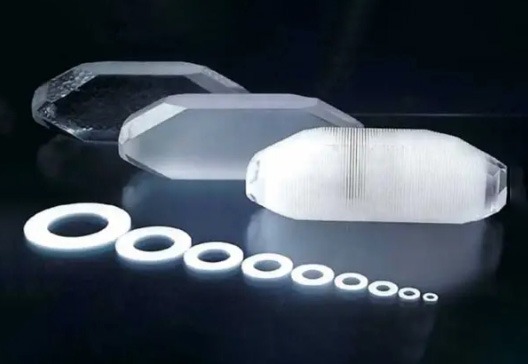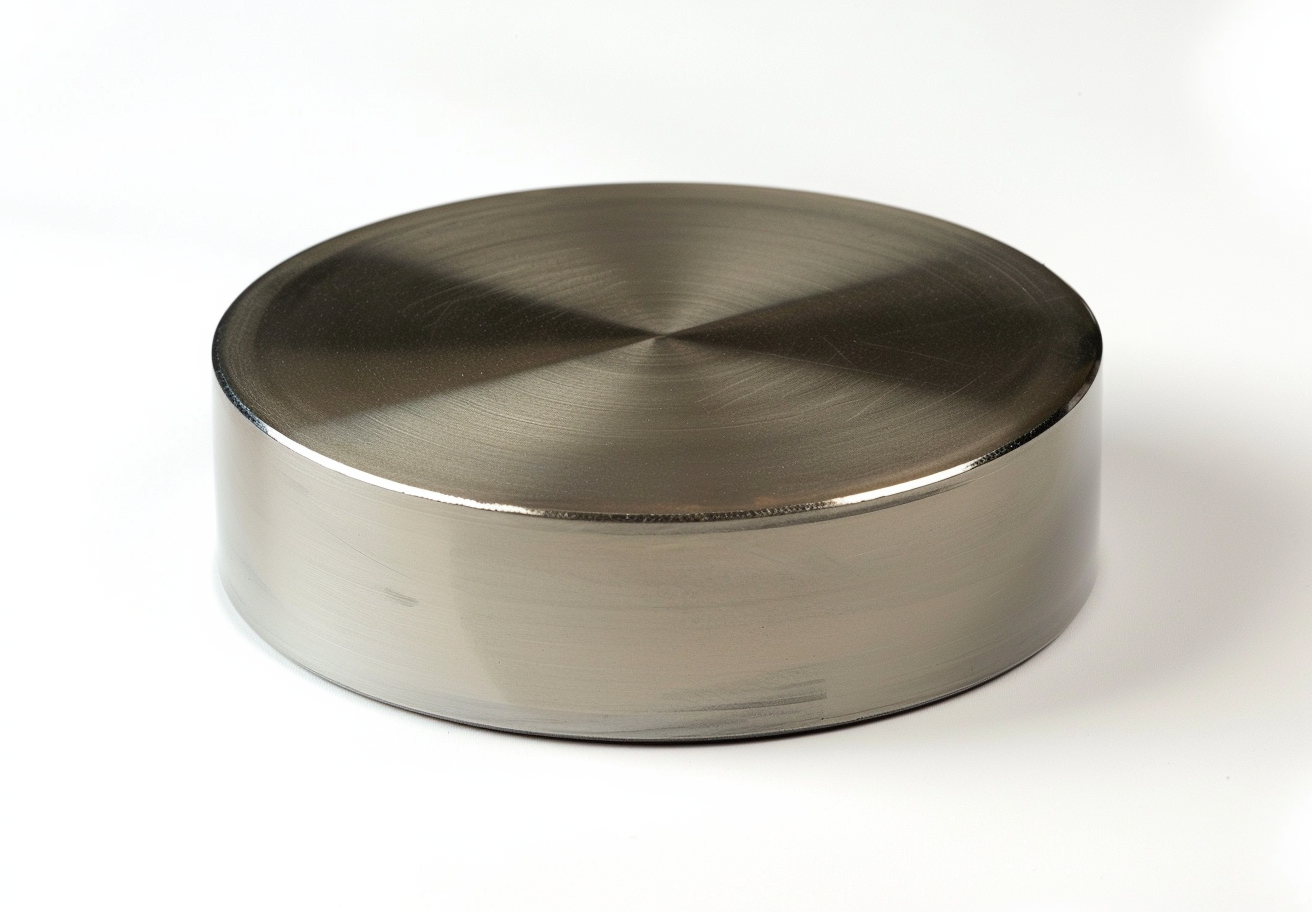Organic Chemicals: What's The Other 2% In 98% Purity Products?
It is well known that the total impurities in 99.999% aluminium metal are less than 10 ppm. These impurities may include iron, silicon, etc. Many customers have queried our organic chemicals. They ask what constitutes the remaining 2% in products with 98% purity. The reported purity is 98% by HPLC, and they wish to know the residual 2% impurities. If you list your Dihydromyricetin as having 98% HPLC purity, what does the additional 2% represent? Your highest purity Natriumhyaluronat is measured at only 95%. What does the extra 5% comprise? You indicated that you were unsure. In fact, we may never establish whether the extra 2% or 5% exist.
The primary reason for these discrepancies is the variation in testing methodologies. In this discussion, I address the purity analysis of organic chemicals.
Organic chemicals are analysed using methods distinct from those applied to inorganic substances. For example, ICP-MS is used for the analysis of Hafnia, while HPLC is employed for Dihydromyricetin. In the organic context, a result of 98% indicates a nearly pure product. The remaining 2% may consist of minor impurities or measurement errors. Under strict conditions, an HPLC purity of 99% may be required. However, in most cases, such precision is unnecessary. It is impossible to deliver a product with 100% HPLC purity. Even if the HPLC spectrum shows 100%, a single peak in the routine test may measure only 98% due to impurities in the test solvent or instrument variations.
Why is the purity of Natriumhyaluronat only 95%? Natriumhyaluronat is a polymer. The test method follows the procedure specified in the European Pharmacopoeia. Therefore, a result of 95% indicates a nearly pure product.
In some instances, products may be reported with a purity of 103%. How can a value exceed 100%? The explanation lies in the testing methodology. An external standard method may yield such a measurement. In many pharmacopoeias, the purity requirement is set between 95% and 105%.

 Bars
Bars
 Beads & Spheres
Beads & Spheres
 Bolts & Nuts
Bolts & Nuts
 Crucibles
Crucibles
 Discs
Discs
 Fibers & Fabrics
Fibers & Fabrics
 Films
Films
 Flake
Flake
 Foams
Foams
 Foil
Foil
 Granules
Granules
 Honeycombs
Honeycombs
 Ink
Ink
 Laminate
Laminate
 Lumps
Lumps
 Meshes
Meshes
 Metallised Film
Metallised Film
 Plate
Plate
 Powders
Powders
 Rod
Rod
 Sheets
Sheets
 Single Crystals
Single Crystals
 Sputtering Target
Sputtering Target
 Tubes
Tubes
 Washer
Washer
 Wires
Wires
 Converters & Calculators
Converters & Calculators
 Write for Us
Write for Us
 Chin Trento
Chin Trento



